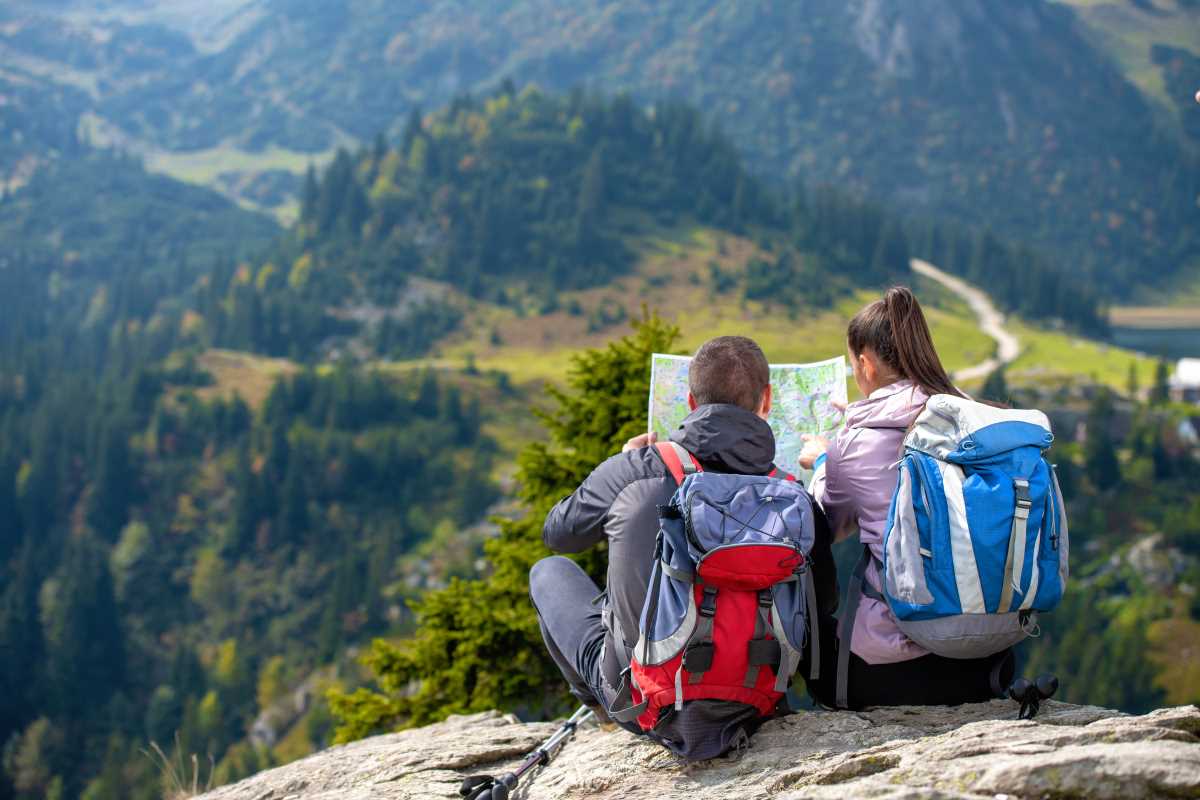Setting out on an adventure with limited funds can still include a deep connection with the outdoors. You can select eco-friendly travel options, stretch your budget, and make a positive difference in the environments you visit. This guide covers easy ways to look up sustainable travel choices, identify affordable places to stay, seek out activities that leave a light footprint, and rely on simple tools to track your spending. Pick up a notebook to start planning a trip that respects both your finances and the natural world, making every step of your journey rewarding in more ways than one.
Understanding Sustainable Travel Options
Start by gathering solid information on destinations known for their green initiatives. Look for national parks, eco-lodges, or cities with carbon-neutral commitments. Doing homework up front helps you pick spots that align with your values and budget.
- Check local tourism boards for sustainability reports and visitor guidelines.
- Browse traveler forums for firsthand tips on low-cost, low-impact activities.
- Search for volunteer or work-exchange programs that cover lodging and meals.
- Compare peak and off-peak rates to score cheaper airfare and accommodations.
Data from World Wildlife Fund shows that traveling during the off-season can cut costs by up to 40%. By shifting your dates by a few weeks, you’ll still enjoy the same trails and landmarks with fewer crowds and lower prices.
Budget-Friendly Eco-Conscious Accommodations
Choosing the right place to stay can make a big difference in your impact and expenses. Look beyond generic booking sites and explore options run by local families or cooperatives. Often, these spots use solar panels, composting toilets, and rainwater harvesting while offering rates well below typical hotel prices.
Platforms like Airbnb and Hostelworld categorize properties by environmental standards. Filter by “eco-friendly” or “green certified,” and read reviews to confirm sustainable practices in action. If you prefer camping, select sites certified by Sustainable Tourism or carry your own lightweight gear to avoid rental fees.
Staying longer at one place can unlock weekly or monthly discounts. Some eco-lodges offer meaningful discounts when you volunteer for a few hours a day, helping with gardening or trail upkeep. Contact hosts directly to negotiate a deal that works for both sides.
Green Transportation Strategies
- Choose direct buses or trains instead of renting a car. Many regions now run on biofuels or electric power, which cuts carbon emissions and ticket costs.
- Join ride-sharing and carpool networks where travelers share both expenses and driving duties. Apps like BlaBlaCar connect you with locals heading the same way.
- Rent bicycles or e-bikes for short trips around town. Many cities offer daily memberships under $15, helping you discover hidden gems at a slower pace.
- If a flight becomes unavoidable, select airlines that invest in carbon offset programs. Several providers let you add a small fee that funds reforestation or renewable energy projects.
Mixing slow travel with creative transport options not only reduces your expenses but also immerses you in local culture. Friendly conversations on trains or shared rides can lead to insider tips and unexpected friendships.
Low-Impact Activities You Can Do
Focus on experiences that leave a small footprint. Self-guided hikes, wildlife watching from designated viewpoints, and kayaking on non-motorized routes keep natural habitats intact. When you pay local guides, you support community-led conservation efforts.
Join beach cleanups or tree-planting days organized by nonprofit groups. These events often provide gear and refreshments at no cost to volunteers. You’ll connect with other eco-minded travelers and learn local ecological challenges firsthand.
Visit community-run markets and workshops to experience local culture. Learning traditional crafts or foraging techniques directly from artisans helps preserve cultural heritage and makes sure your spending benefits local families.
Money-Saving Tips and Tools
Use free budgeting apps to track every dollar you spend and categorize your travel expenses. Seeing how much you spend on transport, meals, and activities helps you make smarter choices while traveling. Checking currency exchange services before traveling can save you a few percentage points on each conversion.
Bring a reusable water bottle, food wrap, and cloth bag to avoid single-use plastics. Many hostels and community centers offer filtered tap water stations for refilling. Carrying basic cooking gear lets you prepare simple meals instead of eating out three times a day.
Planning Tools and Apps
Install mapping tools that work offline so you avoid relying on expensive data plans. Apps like Maps.me or OsmAnd let you download regional maps and trail guides at no cost. You’ll save on roaming fees and prevent getting lost in areas with spotty connectivity.
Use peer-to-peer lending services to rent gear you need temporarily. Websites let you rent camping equipment, snorkeling sets, or snowshoes from travelers who’ve finished their trips. This cuts rental shop fees and keeps old gear in circulation longer.
Follow these practices to enjoy memorable, low-impact trips that save money. Make each journey a responsible adventure worth repeating.
 (Image via
(Image via





